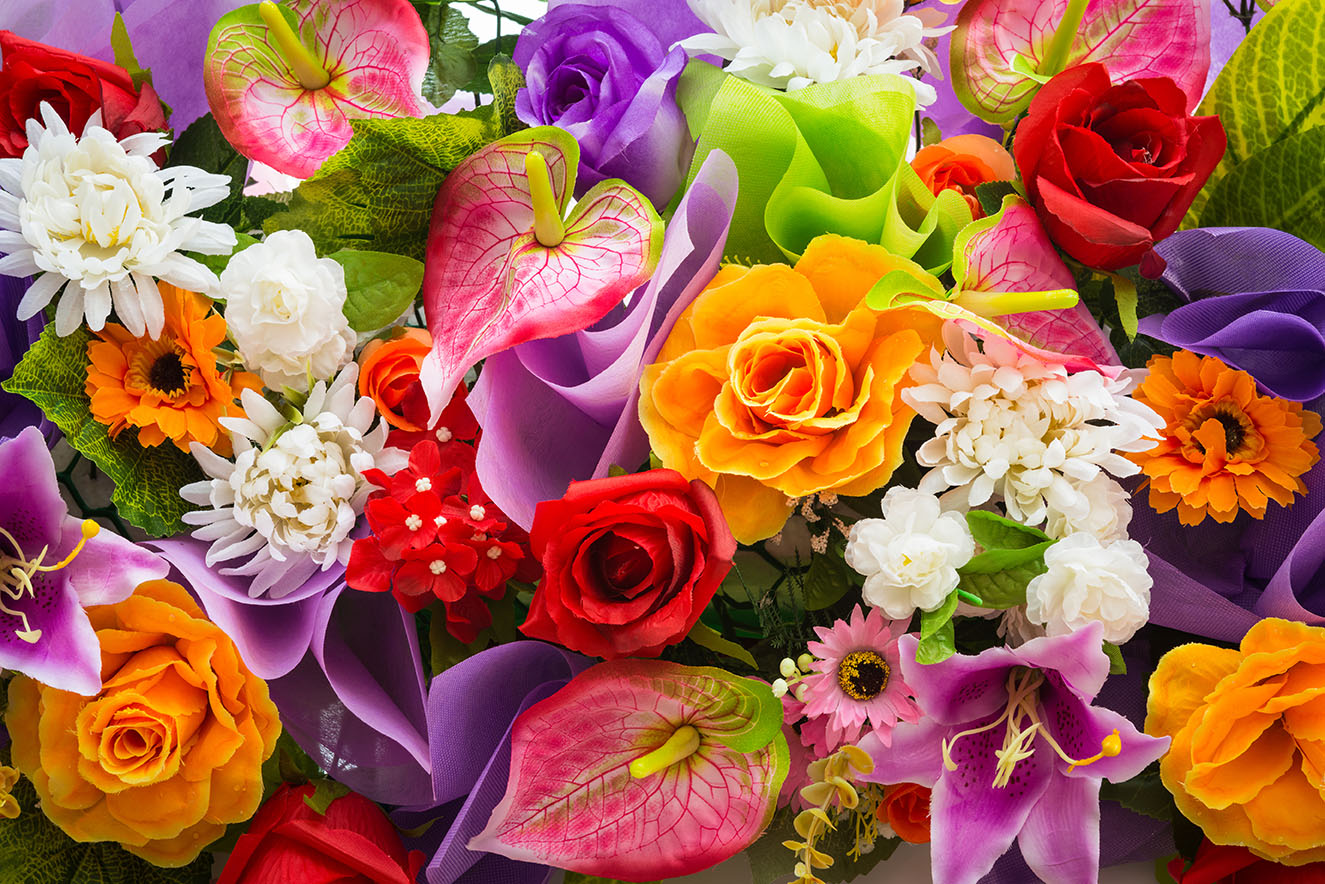

A flower is the reproductive part of a plant. It is usually colourful and fragrant, and it attracts insects and other animals that help to pollinate the plant.
Flowers come in many different shapes and sizes. Some flowers are small and delicate, while others are large and showy. Some flowers have a single colour, while others have multiple colours.
The different parts of a flower have different functions. The petals are the colourful part of the flower that attracts insects. The sepals are the green, leaf-like parts that protect the flower before it blooms. The stamens are the male parts of the flower, and they produce pollen. The pistil is the female part of the flower, and it contains the ovules, which will become seeds.
When an insect lands on a flower, it may pick up pollen from the stamens. When the insect lands on another flower, it may transfer the pollen to the pistil. This process of transferring pollen is called pollination.
Pollination is essential for plants to reproduce. When pollen lands on the pistil, it fertilizes the ovules, which then develop into seeds. The seeds will eventually fall to the ground and grow into new plants.
The garden was full of flowers.

Noun: flower, flowers.
Verb: flower, flowered, flowering.
Adjective: floral.
The word "flower" is derived from the Old English word flōr, which means "a blossom". The Old English word flōr is thought to be cognate with the Old Norse word flōri, the German word Blüte, and the Latin word flos.
What happens when an insert lands on a flower?